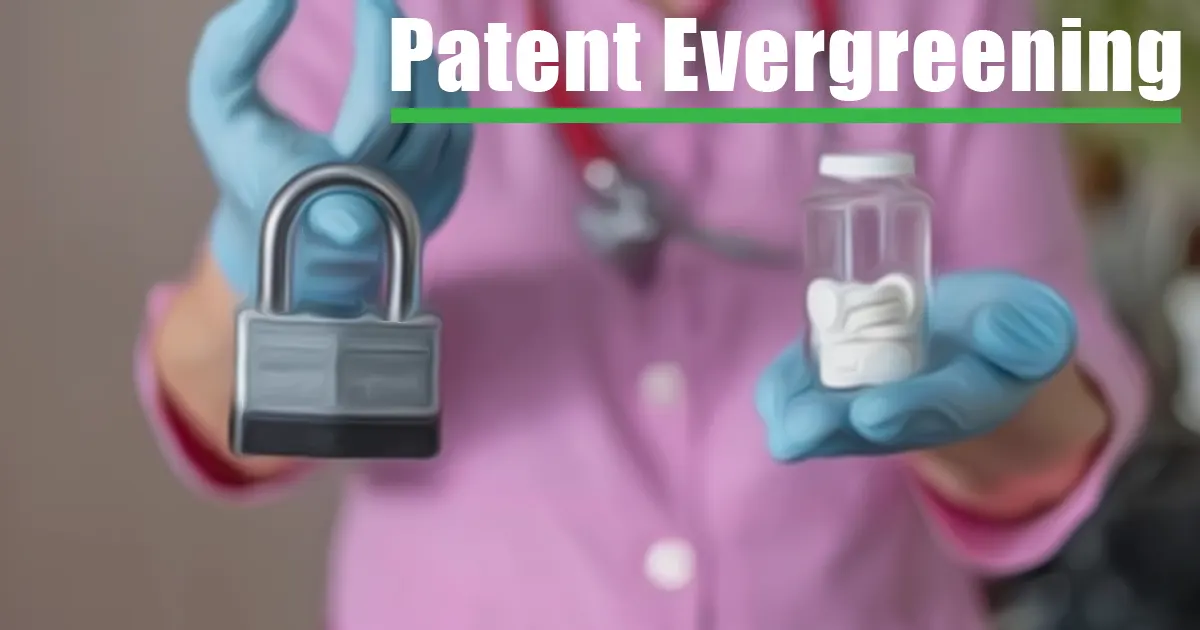
Context (IE): India’s $60 billion biopharma sector, ranked 39th in the Global Innovation Index, requires stronger patent control to prevent monopolistic practices and maintain affordable biosimilar access.
- What is Patent Evergreening?
- Patent evergreening involves extending the life of a drug’s patent by making minor alterations, thus delaying the introduction of generics and keeping drug prices elevated.
- Biosimilars are biological products that mirror an approved reference product in safety, purity, and potency, offering comparable therapeutic benefits.
- Legal Measures Against Patent Evergreening:
- Section 3(d) of the Indian Patents Act (IPA), 1970: Blocks patents on minor drug changes unless they demonstrate significant efficacy improvements. Notably, this section led to the rejection of Novartis’s Glivec patent in 2013.
- Section 3(e) of IPA 1970: Forbids patents on combinations of known substances unless a synergistic effect is shown, promoting true innovation.
- Section 3(i) of IPA 1970: Prevents patents on methods of medical treatment, ensuring essential healthcare practices remain affordable and accessible.
- Patent Opposition Mechanisms: Allow public intervention to challenge frivolous patents, helping curb non-innovative patent applications.
- Challenges Posed by Patent Evergreening:
- High Drug Prices: Extended patents through minor modifications maintain elevated costs, limiting access to affordable biosimilars for chronic illnesses like cancer and diabetes.
- Public Health Impact: Extended patents increase costs for public health systems; for instance, Roche’s trastuzumab extension added $700 million annually to US healthcare costs.
- Regulatory Delays: Section 3(d) of the IPA 1970 faces procedural delays, such as those seen in the Glivec case, allowing extended monopolies.
- Global Access Disparities: India’s strict patent laws contrast with more lenient US policies, limiting the global reach and affordability of Indian biosimilars.
- Way Forward:
- Enhanced Scrutiny: To ensure only genuine innovations are granted patents, given that 72% of granted patents are secondary, often lacking significant advancements.
- International Cooperation: Engage with WHO and the World Intellectual Property Organisation to align IP rights with public health priorities.
- Support for Generic and Biosimilar Markets: Boost production after patent expiration, with India’s biosimilar market expected to grow by 25.2% annually, reaching $2.1 billion by 2030.
- Digital Platform for Public Opposition: Enable NGOs and advocacy groups to contest non-innovative patents through an accessible online system, facilitating streamlined challenges.




